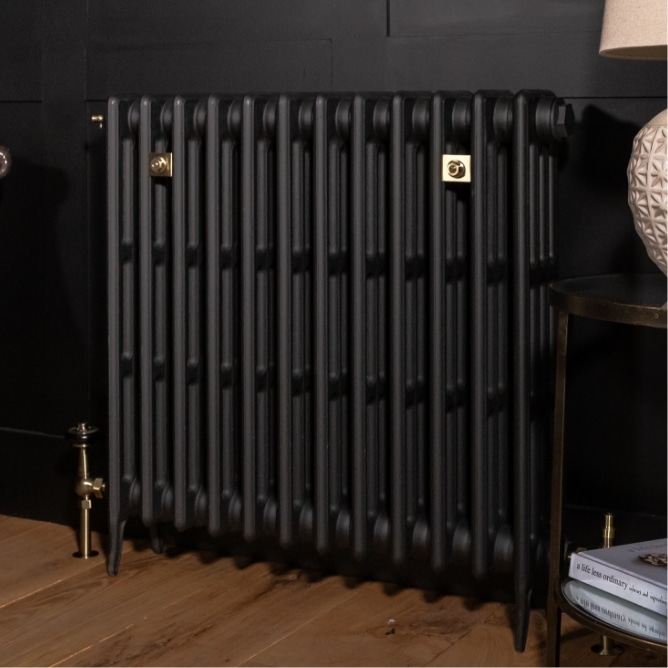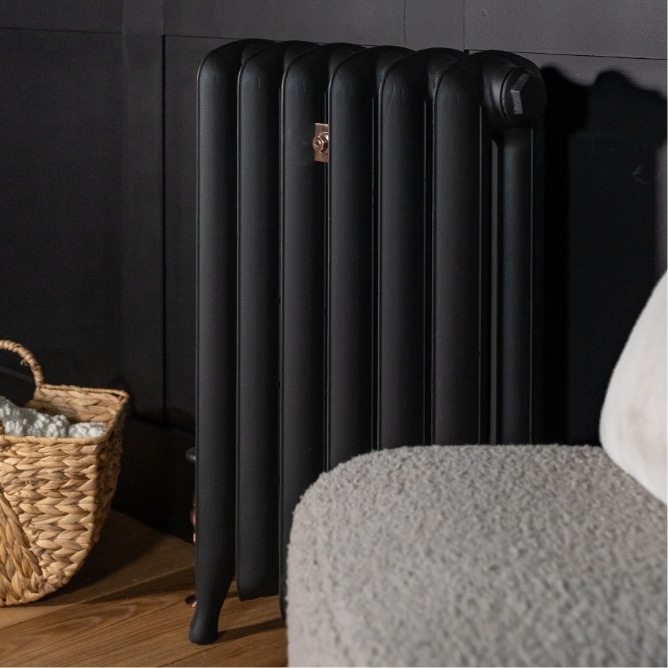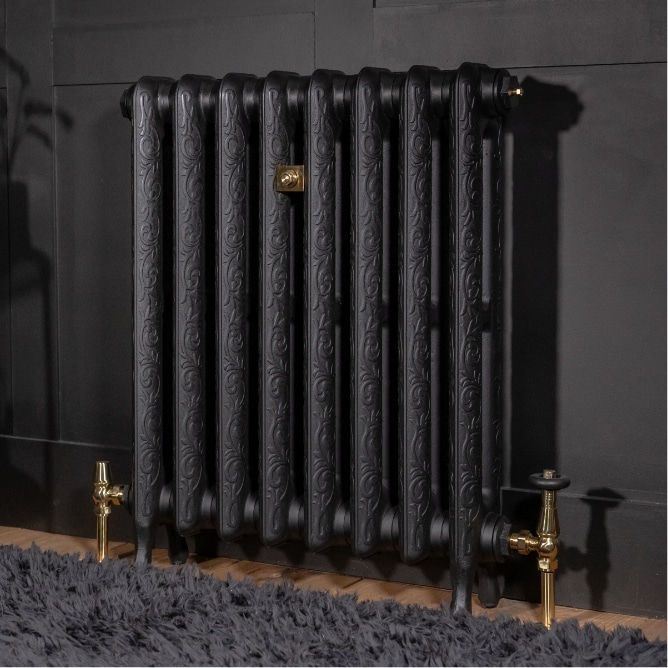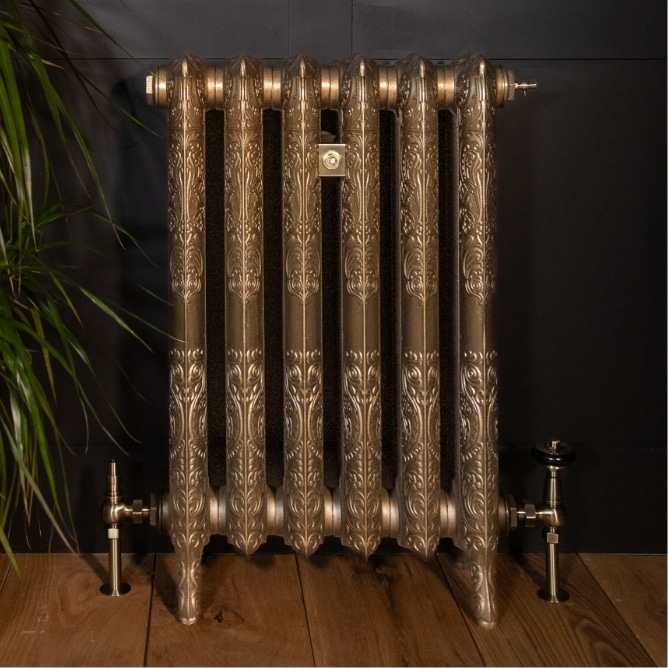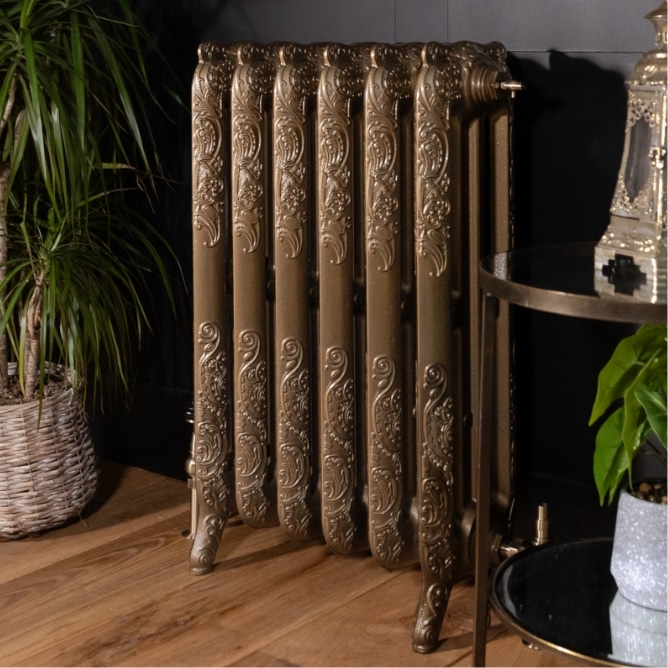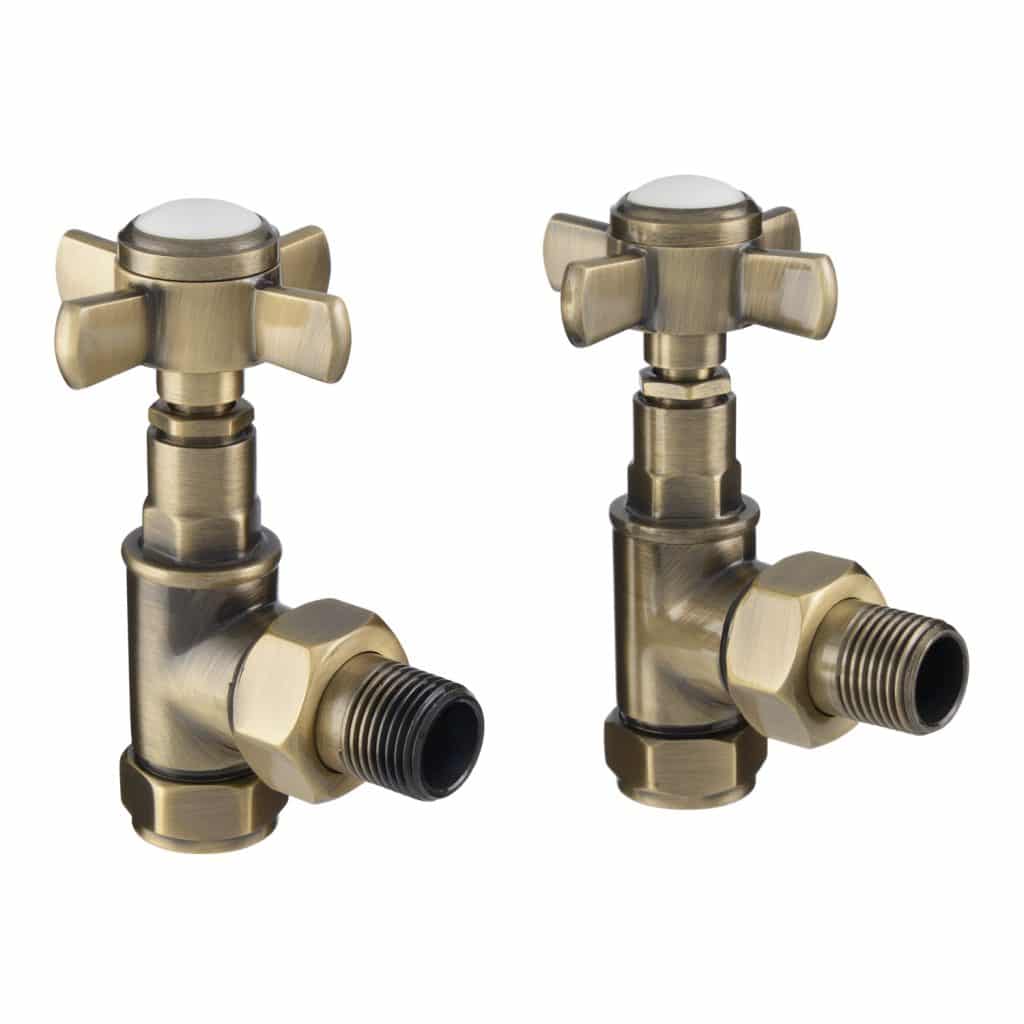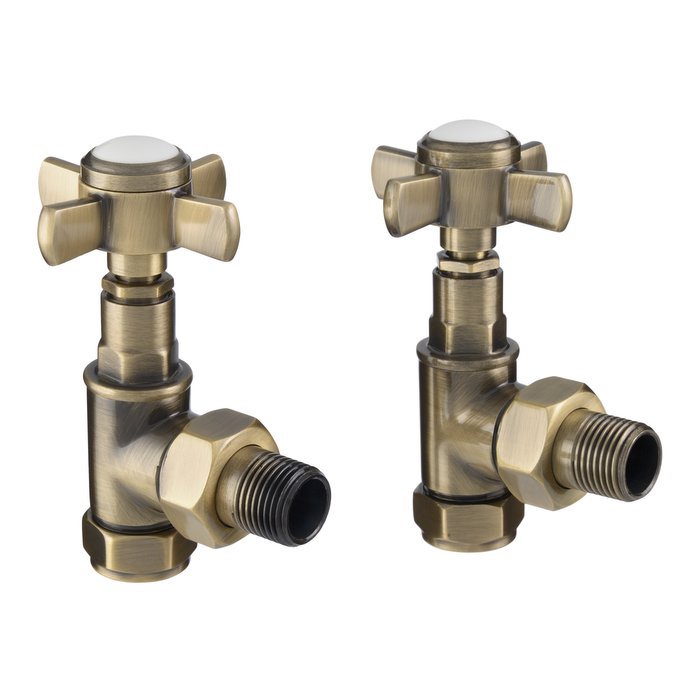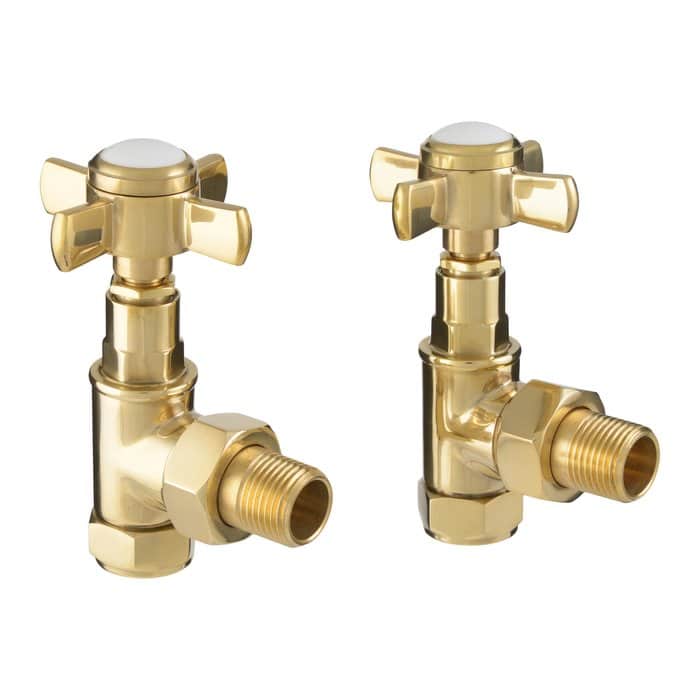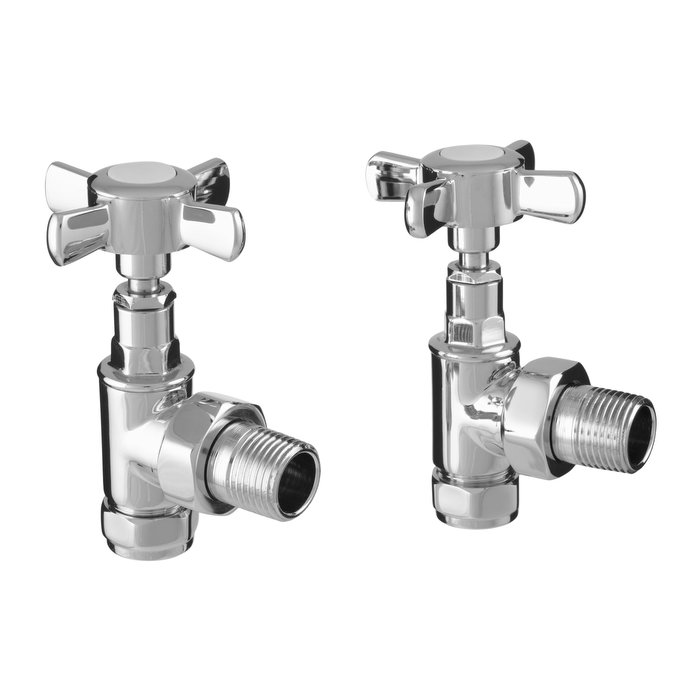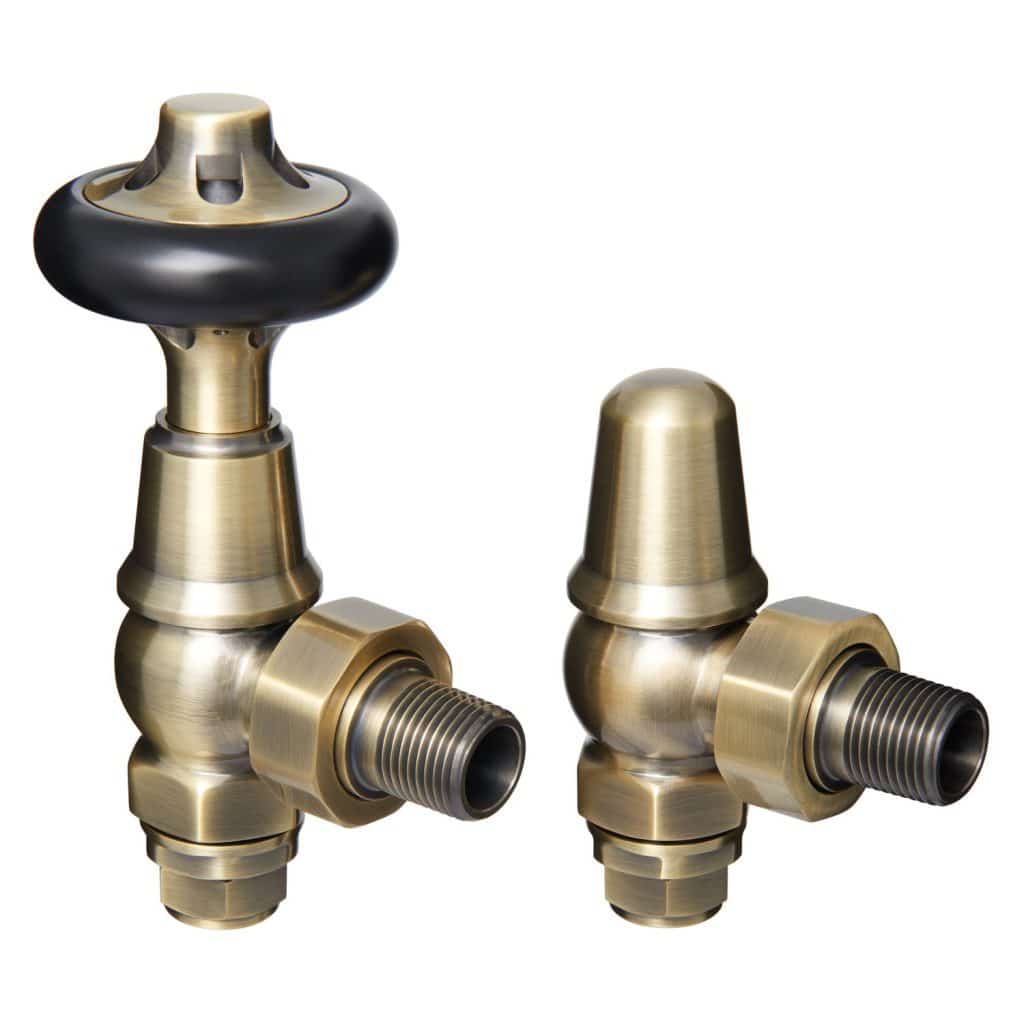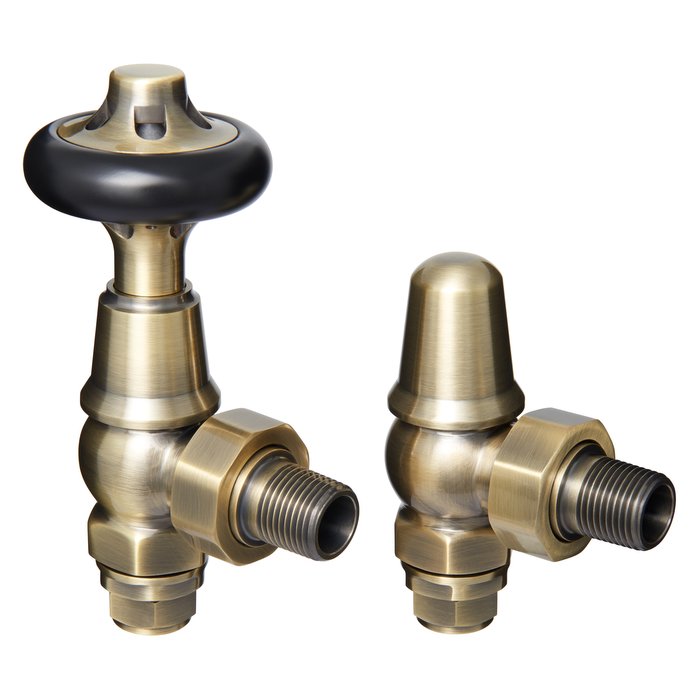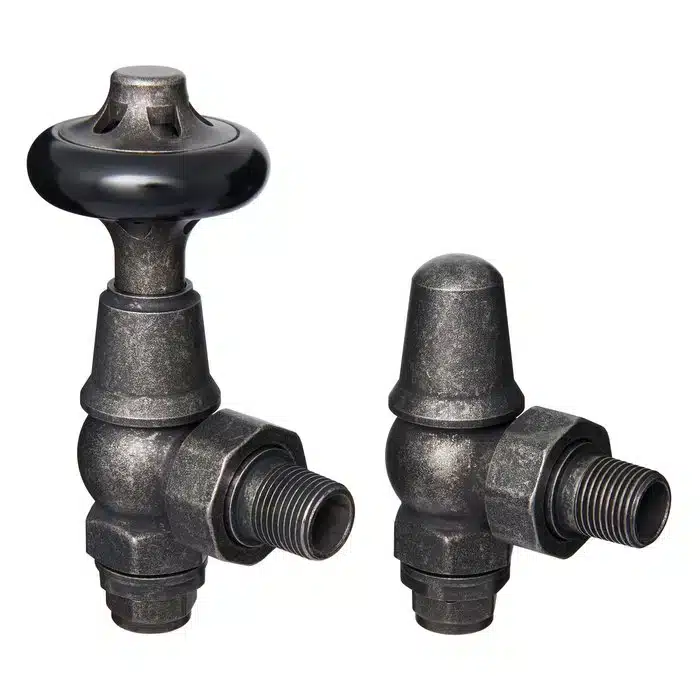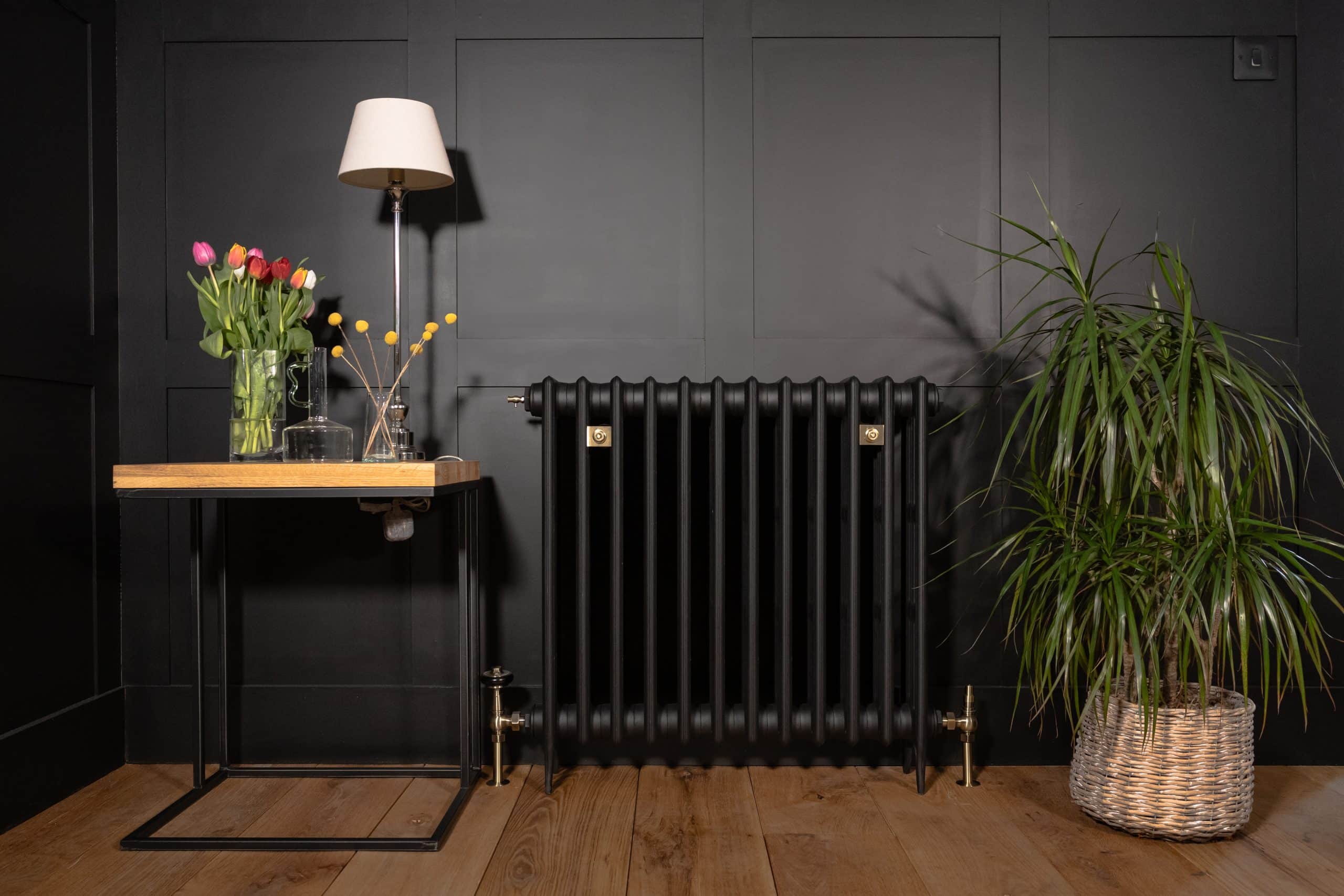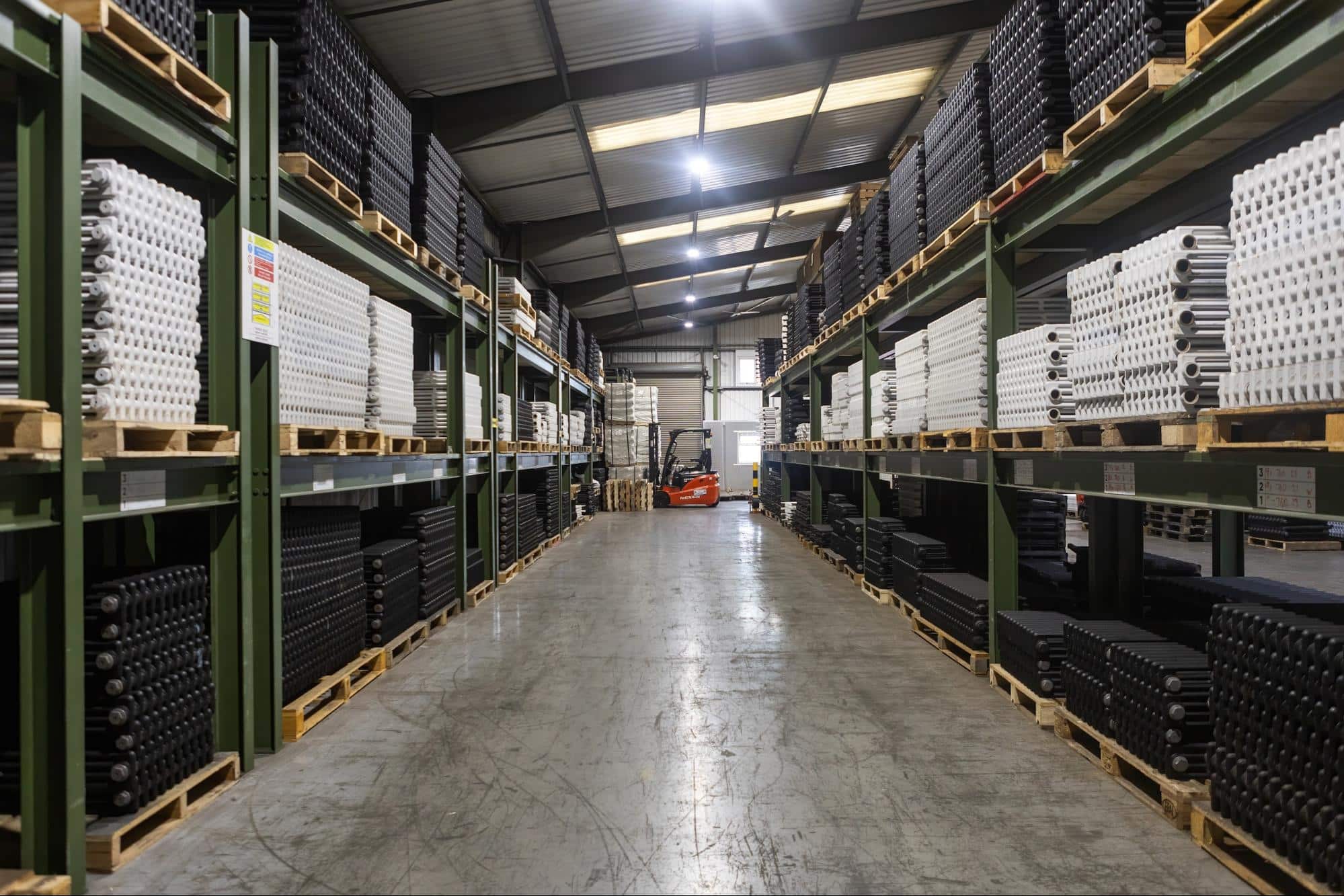Renovating a Victorian property can be rewarding and challenging, in equal measure. In this checklist guide, we’ll take you through every stage of a Victorian home renovation, from planning permission to the finishing touches, so you can preserve the original character of your home, while bringing it up to date for modern living.
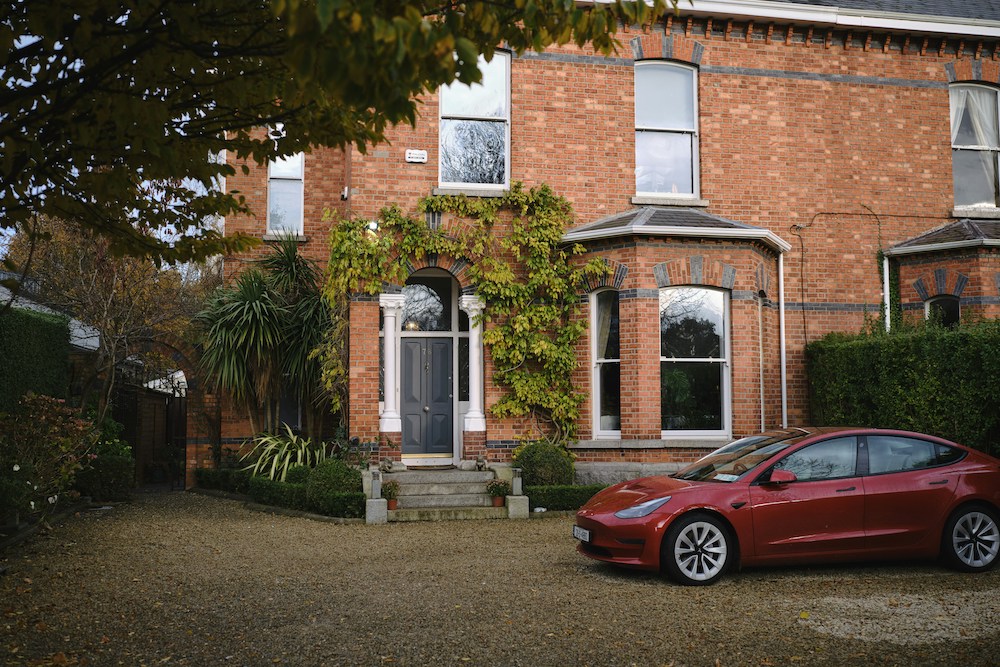
This checklist will help to ensure you don’t miss out on anything important, like securing planning permission, or keeping an eye on costs. We’ll also share our insight into updating your Victorian property for modern times, including upgrading the central heating system and installing much-needed insulation.
Victorian Home Renovation Checklist
This is a general checklist to consult before you start your renovation. Obviously, every home is unique, so some steps might not apply to you. Some steps may have already been completed during the purchase (such as the structural survey) or you might be willing to skip certain aspects.
You might decide some steps are overkill – do you really need a conservation specialist to help you to identify the original features, for example?
| Stage | Key Tasks | Timeframe | Professional Needed? |
| 1. Research & Permissions | Check listed building status, planning permission, and conservation area rules. | 1–2 weeks | Architect, Local Planning Office |
| 2. Structural Survey | Hire a surveyor to assess roof, walls, foundations, damp, and electrics. | 1 week | Chartered Surveyor |
| 3. Budget Planning | Calculate renovation costs, add 10–20% contingency. | 1–2 weeks | Financial Planner, QS |
| 4. Protect Period Features | Identify features to preserve: mouldings, sash windows, fireplaces, cast iron radiators. | Ongoing | Conservation Specialist |
| 5. Structural Repairs | Fix roof, masonry, chimneys, damp proofing. | 2–8 weeks | Builder, Roofer, Mason |
| 6. Modern Services Upgrade | Replace or upgrade plumbing, electrics, and heating systems. | 2–6 weeks | Plumber, Electrician, Heating Engineer |
| 7. Energy Efficiency Improvements | Insulation, draught-proofing, secondary glazing. | 1–3 weeks | Insulation Specialist |
| 8. Room Renovations | Kitchen, bathroom, and living area updates in period style. | 4–12 weeks | Multiple Trades, or DIY |
| 9. Finishing Touches | Painting, decorating, flooring, lighting. | 2–4 weeks | Decorator, Flooring Specialist |
| 10. Final Inspection | Walkthrough to ensure all work meets quality and compliance standards. | 1–2 days | Surveyor, Homeowner |
Understanding Victorian Architecture And Features
Why do people go to such lengths to renovate Victorian properties? Surely there are enough modern new-builds to provide a blank canvas for budding interior designers?
Renovating a property is less about putting your own mark on a home and more about paying tribute to the history of the home.
Victorian architecture offers some beautiful features to work work, including:
- Bay windows
- Sash windows
- Decorative moulding
- Ceiling roses
- Fireplaces
- Cast iron radiators
- Tiling
- Wooden floors
These original features help to elevate the property and transport the occupants back in time. By renovating these original features and bringing them up to date for the modern day, you can maintain the beauty of the home and enjoy a slice of architectural history in your everyday life.
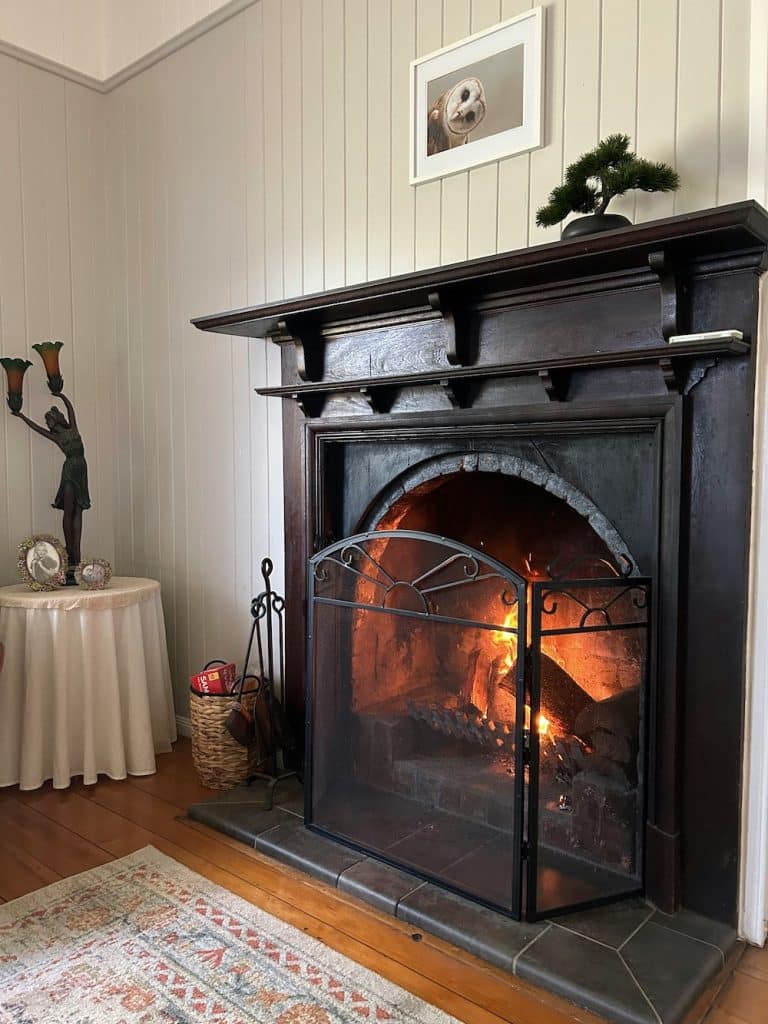
Pre-Renovation Research & Planning (1-2 weeks)
Before you get started with a renovation, it’s essential to confirm if your property is listed. It’s likely that you’ll already know the bigger picture in regards to the listed status, but there may be other considerations for local planning permissions and building regulations for your area.
If your home is listed, it’s time to get familiar with what these restrictions mean. Historic England offers an in-depth guide in what listed building status means. Searching the listed register can also help you to find out more about the history of your home, which could help you to uncover details that might inform the decor.
Learning more about past inhabitants, the original floor plans and other small details about properties in your area could help inspire your renovation and ensure all updates retain a sense of authenticity.
Another great place to find out about the history of your home is your local library. If your property was home to a significant local figure, you might find more details about the construction.
Structural Assessment (1+ weeks)
You likely had a comprehensive survey completed during the purchase process. Now is the time to return to these findings and decide what needs to be done before moving forward. There’s little sense in investing in the interiors if the structure is struggling.
Common issues facing Victorian properties today will include damp, subsidence and the roof condition. A part of the renovation process is balancing your budget so that the structure is sound through a combination of quick fixes or long-term solutions.
If the property has been sitting empty for a while, it could be worth revisiting the structural survey process to better understand the condition of the property and what needs to be done to ensure it is watertight and ready for renovation works.
Preserving Period Features
Perhaps the most enjoyable part of the renovation process is the stage of preserving and restoring any original features. Some of these might not become evident until you start unboarding fireplaces and ripping up old carpets.
Common features to restore in a Victorian property include:
- Flooring, including original oak floorboards or parquet flooring
- Interior doors and doorframes which may have been boarded over and covered in layer of paint
- Fireplaces which may have been covered, painted or boarded up
- Mouldings and ceiling roses
If you have original cast iron radiators in your home, it might be time to replace these with modern replicas to ensure your central heating system is reliable and efficient.
Keeping original cast iron radiators running can be an ongoing headache as they will likely be clogged with decades of sludge which makes them noisy, unreliable and inefficient. Worn gaskets and broken internal components will leave your central heating system at risk of leaks and breakdowns.
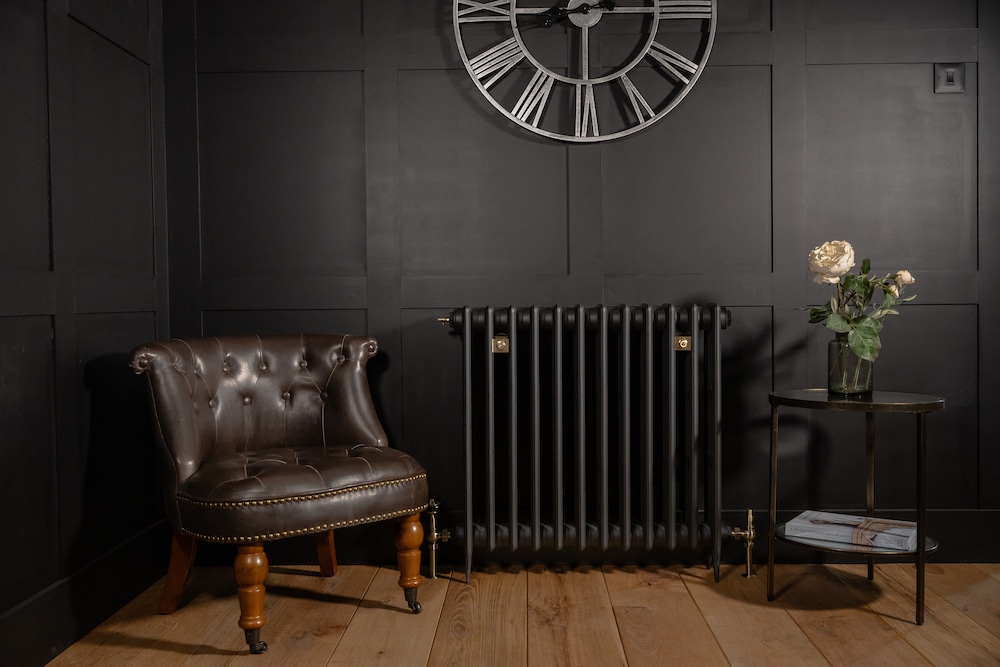
This is the best time in your project to finalise the floorplan. The current position of radiators might not work with your intended floor layout, and you’ll want to determine the new position and pipework layout before you replace flooring.
Think about the layout and flow of the room, how you will use it, and where you imagine you will place key pieces of furniture to help determine the optimum layout for your radiators.
Read more about using traditional radiators as a design focal point in your home.
Modernising for Comfort & Efficiency
Upgrading your central heating system with a modern boiler and efficient cast iron radiators will allow you to keep your property dry and free from damp. Victorian homes may also lack important things like insulation, which could make your home draughty, cold and expensive to heat.
While you might be maintaining the original features of your property, you can also modernise them in certain aspects to ensure that your home is efficient and comfortable.
Start with insulation in the loft, walls and underfloors. Next, move on to eliminating draughts to help prevent heat loss. Finally, you can look at upgrades to your heating system and integrating modern features like energy efficient boilers and new cast iron radiators.
Room Renovations
At this stage in the renovation, you’ll be looking at the bare bones of the building. It’s time to insert some personality, and also make the home livable and functional.
Kitchen and bathroom installations can now take place, which could mean starting from scratch, or it could mean updating what is already there if you’re lucky enough to have original features like roll top bath tubs.
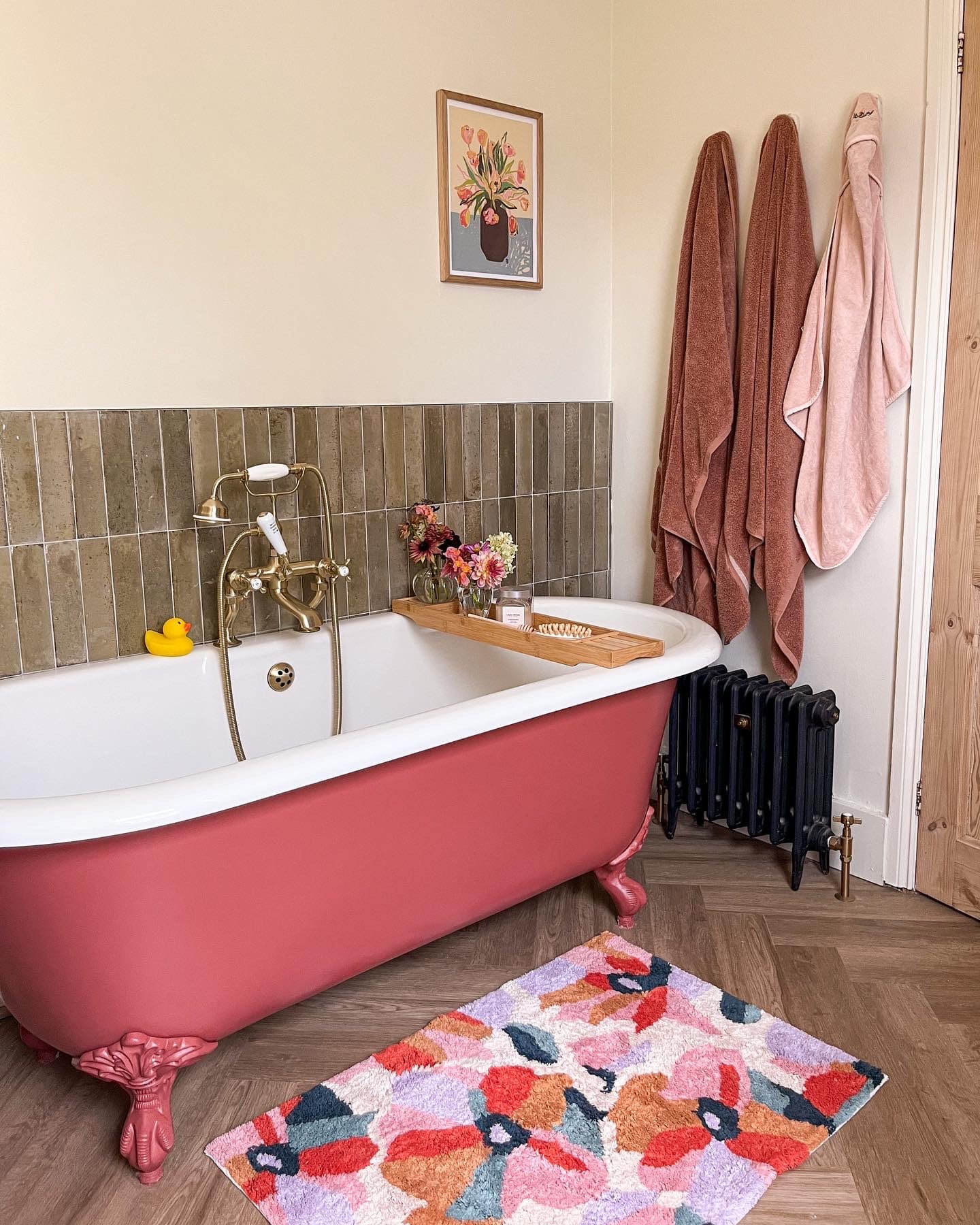
If you don’t have original features, or if they’re looking a little worse for wear, don’t panic. Victorian-style bathrooms and kitchens are enduringly popular, so you’ll easily find something that matches the style and personality of your home.
Final touches
If you’re lucky, your Victorian home renovation might require little more than a fresh coat of paint, some stunning wallpaper and some new light fixtures. If someone has already revived the property, then you can simply add your own mark and update the decor.
We recently shed some light on the Victorian style of decorating, so you can get inspiration for your renovation project.
Budgeting And Timeline Management
Estimates vary, but predictions for renovation costs are between £1,000 per m² to £3,000 per m². This all depends on the extent of the work required and the desired finish.
You might choose to tackle the work in the order listed above, or you might tackle one room at a time to help spread the costs and manage your budget.
One thing is certain: you need to plan for unexpected expenses and bumps in the road. One of the most common bits of advice that Victorian home renovators will tell you is that you need to expect the unexpected.
Making room in your budget for contingency planning will help to keep your home renovation on track and prevent the project from going off the rails.
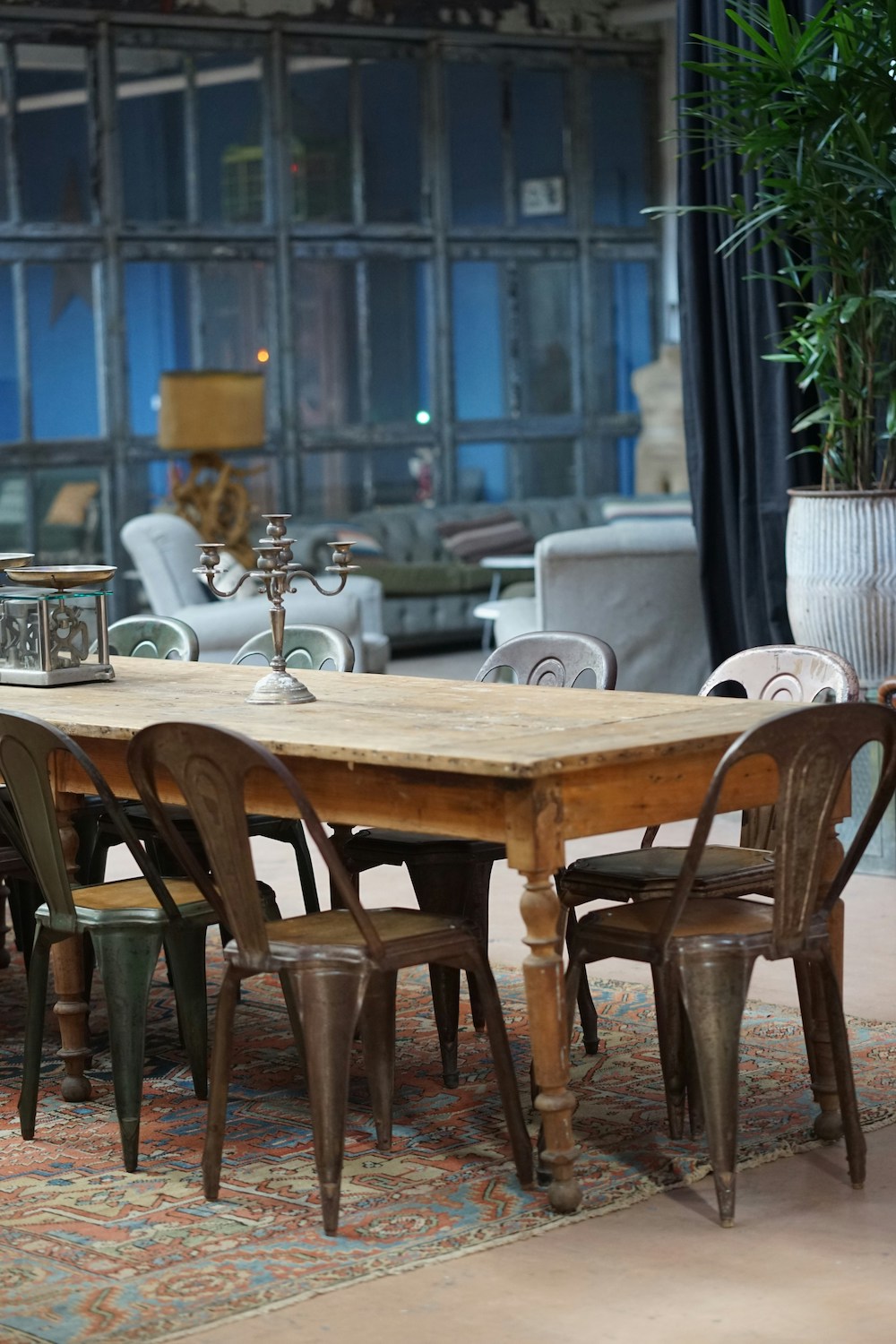
Final Thoughts
Renovating a Victorian property is all about planning and budgeting, but also being flexible and able to go with the flow. A rigid approach will leave you frustrated with your progress.
